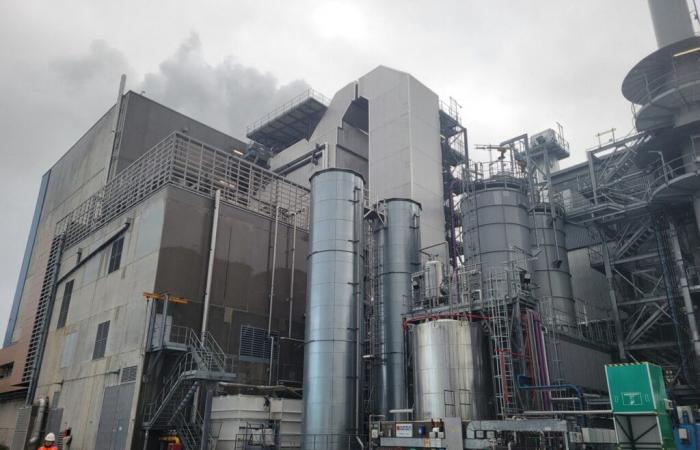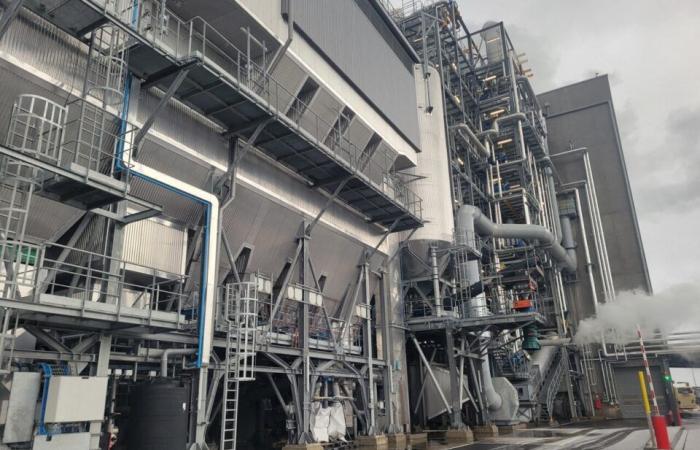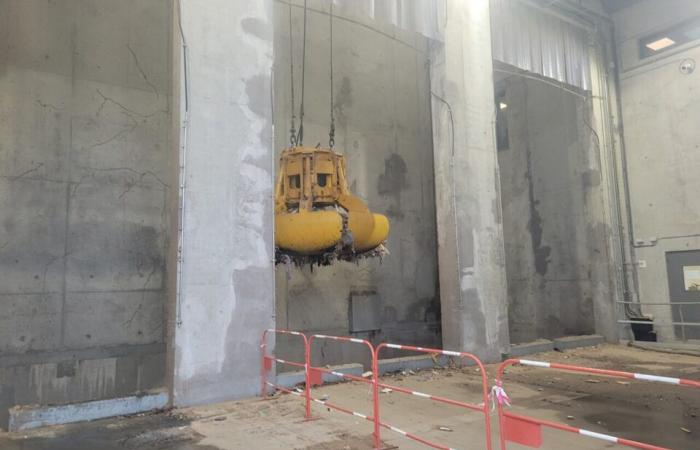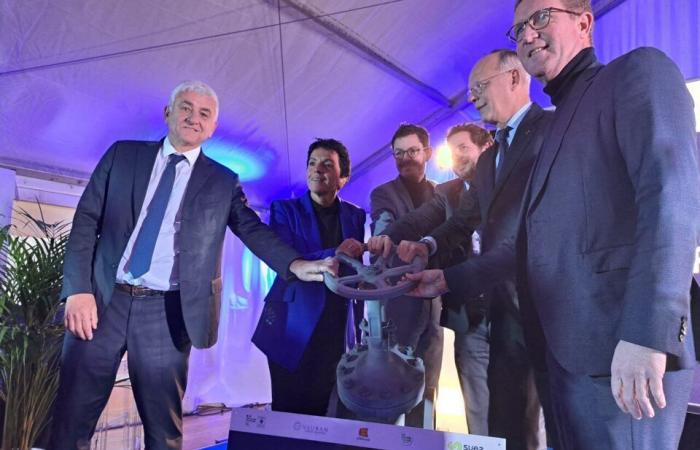Par
Marie LEMAISTRE
Published on
Nov. 24 2024 at 10h16
See my news
Follow 76actu
In the control room, an operator controls the screens. On one of them, real-time images of an oven heated to nearly thousand degrees. “The waste is prepared, placed in the pit, then it is put into the oven to produce the expected energy,” describes Anthony Ramoninational director of energy recovery activities within the Suez group.
In permanent operation since the end of October 2024the factory Biosynergythe new energy recovery unit of the Suez group located on the Grand Port of Le Havre, in Gonfreville-l'Orcher (Seine-Maritime), is capable of swallowing nearly 90,000 tonnes per year Norman waste, i.e. 350 tonnes per day on average, previously destined for landfill. “The objective is to provide an alternative,” continues Antoine Girardet, director of energy recovery activities for the North-West territory at Suez.
Local energy distribution
Concretely, the boiler recycles this waste by transforming it into a source of thermal energy in the form of water vapor. To obtain supplies, the unit, inaugurated this Friday November 22, 2024can count on TriNergya waste preparation center built in place of the old rehabilitated Citron wasteland, in the neighboring town of Rogerville.
This platform was created at the same time by the Suez group in order to produce fuel from residues of economic activities and end-of-life furniture. “In this center, we sort and then crush the waste, before bringing it to the factory to produce heat,” explains the France director.
To complete this short loop, once the collection, processing and recovery of waste has been ensured by the company specializing in water and waste managementenergy from wood (biomass) and solid recovered fuel (CSR) is itself distributed locally.
It is used on the one hand as an alternative to fossil energy by companies Saffron, Yara and Chevronsupplied directly for their process, heat and hot water needs, via buried pipes in the industrial-port area. Another part feeds the district heating network of the city of Le Havreoperated by Oceane Network.
Already 15,000 Le Havre residents benefit from it
Déjà 15,000 Le Havre benefit from it. The product unit 300 000 MWh of carbon-free energy per year, around two-thirds of which currently supplies industry. With the extension, within two years, of the urban heating network of the city of Le Havre, replacing gas boilers, this system will reach its full capacity. “It is the equivalent of 24,000 inhabitants, or 70% of the urban heat network (RCU), which will be heated thanks to this energy production,” assesses the North-West director.
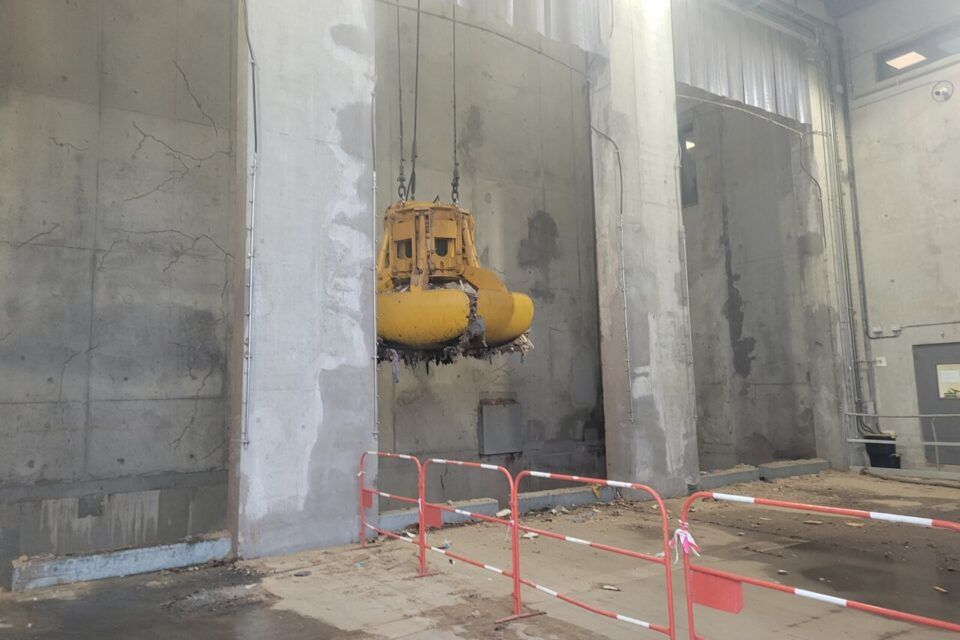
They will benefit from an energy “at a stable price», particularly during the heating period, when distribution from the urban network will be favored.
According to the Suez group, the plant is “pioneering in France”, since it relies on mixed waste sources and has “a fairly unique complexity” with four energy distribution networks. It aims to save nearly 50,000 tonnes of CO2 per year, with commitments to its customers made for around twenty years.

The site represented an investment of 85 million euros, including 20 million by the State via Ademe and 1.5 million by the region. In total, 45 jobs will be created on the two sites within two years. Today, almost half of the workforce is already on the job.
Follow all the news from your favorite cities and media by subscribing to Mon Actu.

